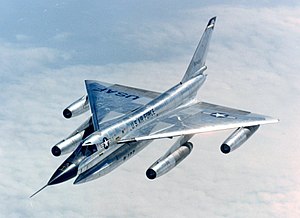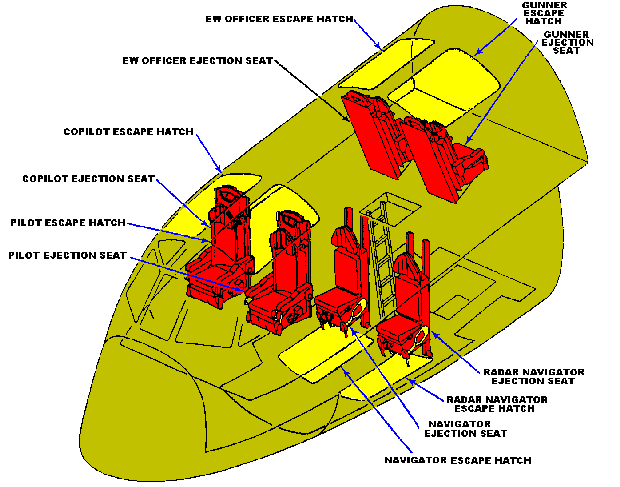I'm resurrecting this thread, as it is the most recent one I can recall talking about the mid-size twins. (I would resurrect the three-engine thread, but I can't find any Seneca prototypes for sale and our hangar won't fit a Ford.)
We are looking at 340's but the baby Navajos are also tempting. I did see one article claiming that the Navajos "swim in AD's." Is there any truth to that? We got the maintenance records on a 340 and the recurring AD list is remarkably short. Maintain and inspect the heater, inspect the exhaust, and that's about it. It seems like, as long as the engines are running and you have maintained the landing gear and pressure vessel, they actually can spend some time outside the shop and in the air. How does the Navajo stack up for maintenance needs and expenses?
How is the cabin noise level between these planes? Pressurization supposedly makes for a quieter plane so this ought to be an easy win for the Cessna. But I have heard that Navajos are relatively quiet. Who has both planes and a decibel meter to check?

(One of the more reluctant passengers in our mission has flown with me and the only thing she actually complained about was the tight clamping force of the Bose A20 headset she had to wear. Not the bumps in the descent or the size of the plane.)






